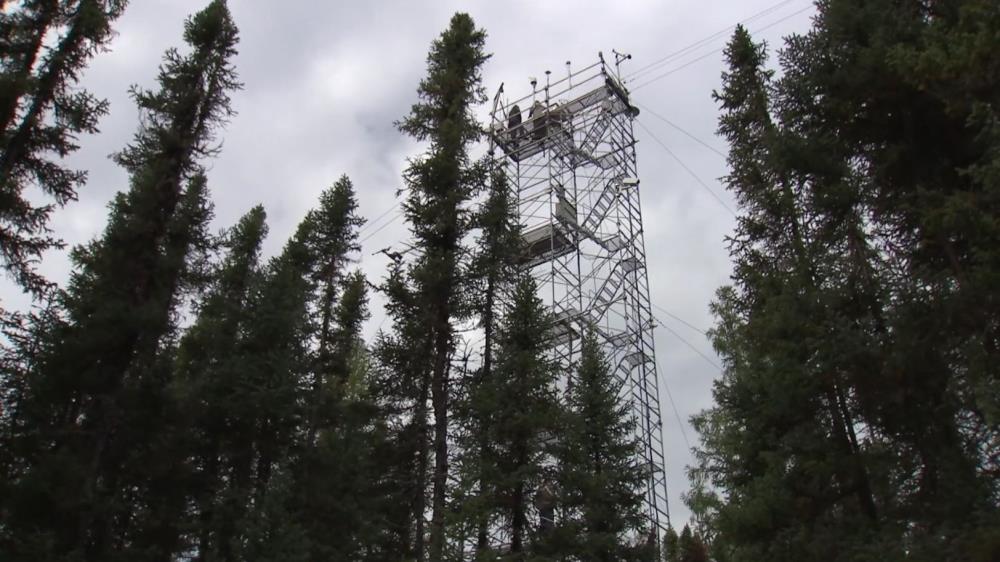
Related items loading ...
Section 1: Publication
Publication Type
Conference Poster
Authorship
Shahvaran Ali Reza, van Cappellen Philippe & Kheyrollah Pour Homa
Title
Long-term monitoring of algal biomass in Western Lake Ontario using remote sensing and in situ data
Year
2022
Publication Outlet
AOSM2022
DOI
ISBN
ISSN
Citation
Ali Reza Shahvaran, Philippe van Cappellen & Homa Kheyrollah Pour (2022). Long-term monitoring of algal biomass in Western Lake Ontario using remote sensing and in situ data. Proceedings of the GWF Annual Open Science Meeting, May 16-18, 2022.
Abstract
The shoreline of Western Lake Ontario (WLO) comprises ecologically important wetlands and habitats for aquatic life. It is also borders to the Greater Toronto Area (GTA), one of Canada's largest and most densely populated regions. The WLO receives urban stormwater runoff and effluent from treatment plants that deliver nutrients and sediments to the nearshore zone. The WLO is also threatened by invasive species, including dreissenid mussels that are modifying biogeochemical nutrient cycling in the lake. Therefore, the potential re-eutrophication of Lake Ontario remains a major binational concern. In this study, we focus on reconstructing the eutrophication trajectory in WLO to provide essential knowledge to inform mitigation climate-adaptive strategies to protect the lake. We are using chlorophyll-a (Chl-a) concentration data obtained from remote sensing measurements as an indicator of phytoplankton biomass. One particular challenge in the nearshore waters of WLO is the presence of Cladophora, a submerged nuisance algae. We are currently assembling remote sensing and in situ data time series on surface Chl-a concentrations and submerged aquatic vegetation (SAV) coverage for WLO. Several retrieval algorithms for remote sensing Chl-a in the littoral zone of WLO are being compared and modified. To determine SAV coverage, we are developing a supervised classification approach applied to the available but limited in situ data. For the calibration and validation of the algorithms, we are relying on satellite and drone images (including ETM+, OLI and MSI sensors of Landsat 7,8 and Sentinel 2 satellites) taken over a period of 22 years (from 2000 to 2022). The in-situ dataset does not show a significant trend in Chl-a concentrations in the central WLO, which remains below the oligotrophic threshold (2.6 µg L-1). However, on the nearshore, there are hotspots, such as Hamilton Harbour, that experience eutrophic (20 µg L-1 < Chl-a < 56 µg L-1) or even hypertrophic (Chl-a > 56 µg L-1) conditions. In addition, some of these hotspots exhibit slight increases in Chl-a, emphasizing the importance of long-term monitoring and risk assessments of future blooms in this region.
Plain Language Summary
Section 2: Additional Information
Program Affiliations
Project Affiliations
Submitters
|
Ali Reza Shahvaran | Submitter/Presenter | alireza.shahvaran@uwaterloo.ca | University of Waterloo |
Publication Stage
N/A
Theme
Water Quality and Aquatic Ecosystems
Presentation Format
poster plus 2-minute lightning talk
Additional Information
AOSM2022 Managing Urban Eutrophication Risks under Climate Change First Author: Ali Reza Shahvaran, University of Waterloo Additional Authors: Philippe van Cappellen, University of Waterloo & Homa Kheyrollah Pour, Wilfrid Laurier University


 GWFNet
GWFNet Master
Master Data
Data Research
Research Map
Map
 Advanced
Advanced Tools
Tools
 . . .
. . .
 Metadata Editor
Metadata Editor
 Record List
Record List
 Alias List Editor
Alias List Editor
 Legacy sites
Legacy sites